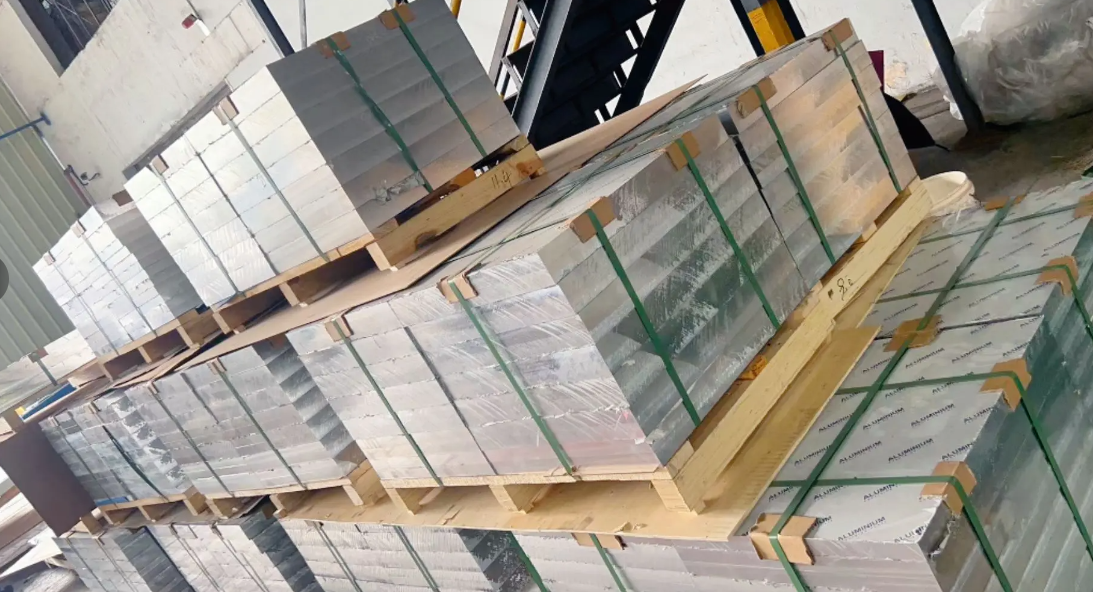What is 6000 series aluminum alloy?
Overview and Characteristics of 6000 Series Aluminum Alloys
The 6000 series aluminum alloys are primarily alloyed with magnesium (Mg) and silicon (Si), with Mg₂Si as the primary strengthening phase. These alloys belong to the heat-treatable aluminum alloys, offering a good balance of medium strength, excellent corrosion resistance, and good weldability. Their weld zones maintain consistent corrosion resistance, and they also exhibit good formability and processing properties. When copper is added to the alloy, the strength can approach that of the 2000 series alloys, with better processing characteristics but reduced corrosion resistance. Additionally, 6000 series alloys are known for their excellent forging properties.
Among the 6-series alloys, the most widely used are 6061 and 6063, which offer the best overall properties and are primarily produced as extruded profiles, making them the ideal alloys for extrusion. These alloys are commonly used in construction applications.
Common 6000 Series Aluminum Alloy Grades
6005: Extruded profiles and tubes for structural components requiring higher strength than 6063, such as ladders, television antennas, etc.
6009: Used for automotive body panels.
6010: Thin sheets for automotive body applications.
6061: Widely used in industrial structural components requiring strength, weldability, and high corrosion resistance. Commonly used for truck bodies, towers, ships, trams, furniture, mechanical parts, and precision machining, in the form of tubes, rods, profiles, and plates.
6063: Used in industrial profiles, construction profiles, irrigation tubes, and extrusions for vehicles, frames, furniture, and railings.
6066: Forged and welded structural materials, particularly used in extrusion forms.
6070: Heavy-duty welded structures and materials for the automotive industry, including extrusions and tubes.
6101: High-strength rods for buses, electrical conductors, and heat exchangers.
6151: Used for forged crankshaft components, machine parts, and production of rolled rings, requiring both good forging performance and high strength with excellent corrosion resistance.
6201: High-strength conductor rods and wires.
6205: Thick plates, tread plates, and high-impact resistant extrusions.
6262: High-stress parts with threads, offering superior corrosion resistance compared to 2011 and 2017 alloys.
6351: Extruded structural components for vehicles and pipes for the transport of water, oil, and other materials.
6463: Architectural profiles and various equipment profiles, often anodized for a bright finish, used in automotive decorative parts.
6A02: Aircraft engine components and complex-shaped forgings and die forgings.
The 6000 series aluminum alloys, particularly 6061 and 6063, are versatile and widely used in a range of industries, thanks to their balanced combination of strength, corrosion resistance, and formability. They are especially common in the production of structural components, vehicles, aerospace parts, and architectural materials. With their excellent extrudability and weldability, these alloys continue to be a go-to material for applications requiring both high performance and durability.
